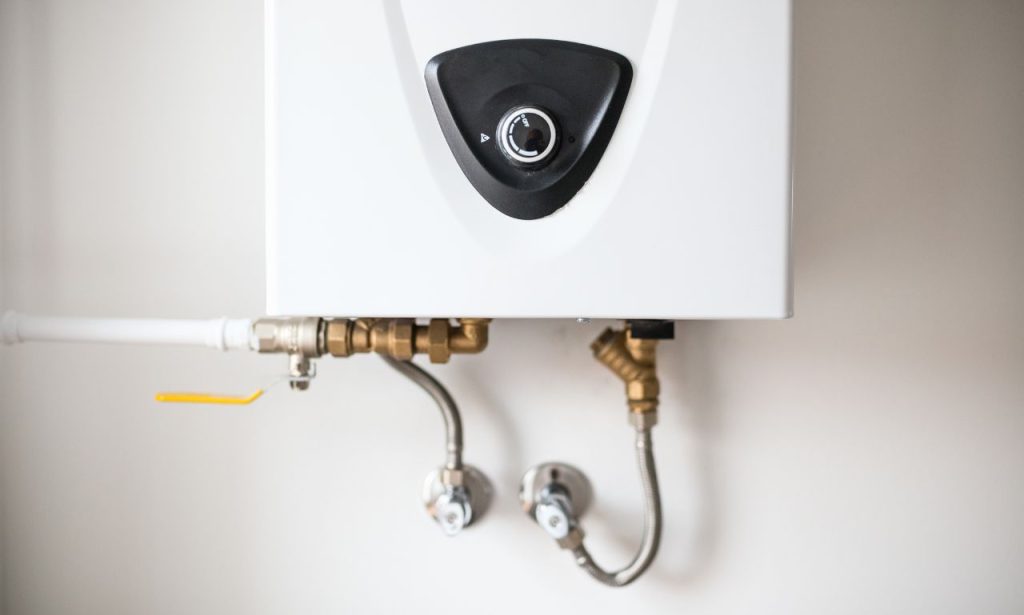When it comes to staying warm during the colder months, heaters are an essential appliance in many households. However, the question arises: do heaters cause cancer? This article will explore this question in depth, providing you with a comprehensive understanding of the different types of heaters, their mechanisms, potential health risks, and the latest research on whether they could be linked to cancer.
Overview of Heaters
Heaters are devices designed to generate heat to maintain a comfortable indoor temperature. They come in various forms and use different technologies to produce heat. Understanding the types of heaters and their functionalities is crucial to evaluating their safety and potential health risks.
Types of Heaters
There are several types of heaters, each with its unique method of generating heat:
- Electric Heaters: These heaters use electrical energy to produce heat. They are popular for their convenience and ease of use.
- Gas Heaters: Utilizing natural gas or propane, these heaters are known for their efficiency and ability to heat large spaces quickly.
- Infrared Heaters: Infrared heaters use electromagnetic radiation to heat objects and people directly, rather than heating the air.
- Oil-Filled Radiators: These heaters use heated oil to radiate warmth, providing a slow but steady heat source.
- Ceramic Heaters: Featuring ceramic plates, these heaters are often portable and provide quick, targeted heat.
How Infrared Heaters Work

Infrared heaters are particularly interesting when discussing potential health risks due to their unique method of heat production.
Understanding Infrared Heat
Infrared heaters emit infrared radiation, which is a type of electromagnetic radiation. This radiation is absorbed by objects and people in the room, causing them to warm up. This method is similar to how the sun heats the Earth, providing a natural and comfortable warmth.
The Science Behind Radiant Heat
Radiant heat from infrared heaters mimics the sun’s natural warmth without emitting harmful ultraviolet rays. The radiation penetrates the skin and warms the body directly, which is different from traditional heaters that warm the air first. This efficiency makes infrared heaters a popular choice for many.
Comparison with Traditional Heating Methods
Traditional heating methods, such as electric and gas heaters, primarily work by heating the air. This can lead to uneven heating and dry air, which may cause discomfort. In contrast, infrared heaters provide a more direct and even heat, potentially offering a more comfortable experience.
Potential Health Risks of Heaters
While heaters are essential for comfort, they can pose health risks if not used properly. Understanding these risks is crucial to making informed decisions about their use.
Can Heaters Contribute to Cancer Risks?
The potential link between heaters and cancer has been a topic of concern due to the electromagnetic fields (EMFs) they emit. However, it is important to differentiate between various types of heaters and the levels of EMFs they produce.
Reviewing Existing Research and Studies
Several studies have investigated the potential health risks associated with heater usage. Most research indicates that standard household heaters, including infrared heaters, emit low levels of EMFs, which are generally considered safe. However, prolonged exposure to high levels of EMFs can contribute to health issues, including cancer.
Expert Opinions and Controversies
Experts have mixed opinions on whether heaters can contribute to cancer risks. Some argue that the EMF levels emitted by household heaters are too low to cause significant harm, while others call for more comprehensive research to fully understand the long-term impacts.
Air Quality Concerns
Heaters can impact indoor air quality, which in turn can affect your health. Understanding these effects is crucial for safe heater usage.
Impact of Heaters on Indoor Air Quality
Heaters, especially gas and oil-filled ones, can release pollutants into the air. These pollutants can include carbon monoxide (CO), nitrogen dioxide (NO2), and particulate matter, all of which can negatively impact air quality and health.
Volatile Organic Compounds (VOCs) and Emissions
Some heaters, particularly those using fuel, can emit volatile organic compounds (VOCs). VOCs are chemicals that can cause respiratory issues and other health problems. It is essential to ensure proper ventilation when using these heaters to minimize exposure to harmful emissions.
Safe Usage of Heaters

To mitigate the potential health risks associated with heaters, it is important to follow best practices for their usage.
Best Practices for Using Infrared Heaters
Infrared heaters are generally safe when used correctly. Here are some tips to ensure their safe operation:
- Proper Installation: Ensure your infrared heater is installed according to the manufacturer’s instructions.
- Ventilation: Maintain proper ventilation to avoid the buildup of harmful emissions.
- Distance: Keep a safe distance between the heater and any flammable materials.
Proper Placement and Size Selection
Choosing the right size and placement for your heater can enhance its efficiency and safety. Place heaters in well-ventilated areas and avoid placing them in confined spaces to prevent overheating and reduce fire hazards.
Maintenance Tips for Safety
Regular maintenance is essential to ensure the safe operation of your heater. Check for any signs of wear and tear, clean filters regularly, and follow the manufacturer’s maintenance guidelines.
Conclusion
In conclusion, the question, do heaters cause cancer, remains complex. While standard household heaters emit low levels of EMFs that are generally considered safe, it is crucial to use them properly and maintain good indoor air quality. By following best practices and staying informed, you can enjoy the warmth and comfort of your heater without compromising your health.
ALSO READ: Why Do Heaters Give Me Headaches?
FAQs
Yes, some heaters, like electric and infrared heaters, are generally considered safer due to their lower emissions compared to gas and oil-filled heaters. However, proper usage and maintenance are key to ensuring safety.
To improve indoor air quality, ensure proper ventilation, regularly clean and maintain your heater, and consider using air purifiers to reduce pollutants.
If you suspect high EMF emissions from your heater, consider using an EMF meter to measure the levels. You can also consult with a professional to assess and mitigate any potential risks.
Yes, using a humidifier can help maintain optimal humidity levels, reducing the discomfort caused by dry air from heaters.
Signs that your heater needs maintenance include unusual noises, decreased heating efficiency, and visible wear and tear. Regularly check and follow the manufacturer’s maintenance guidelines.




